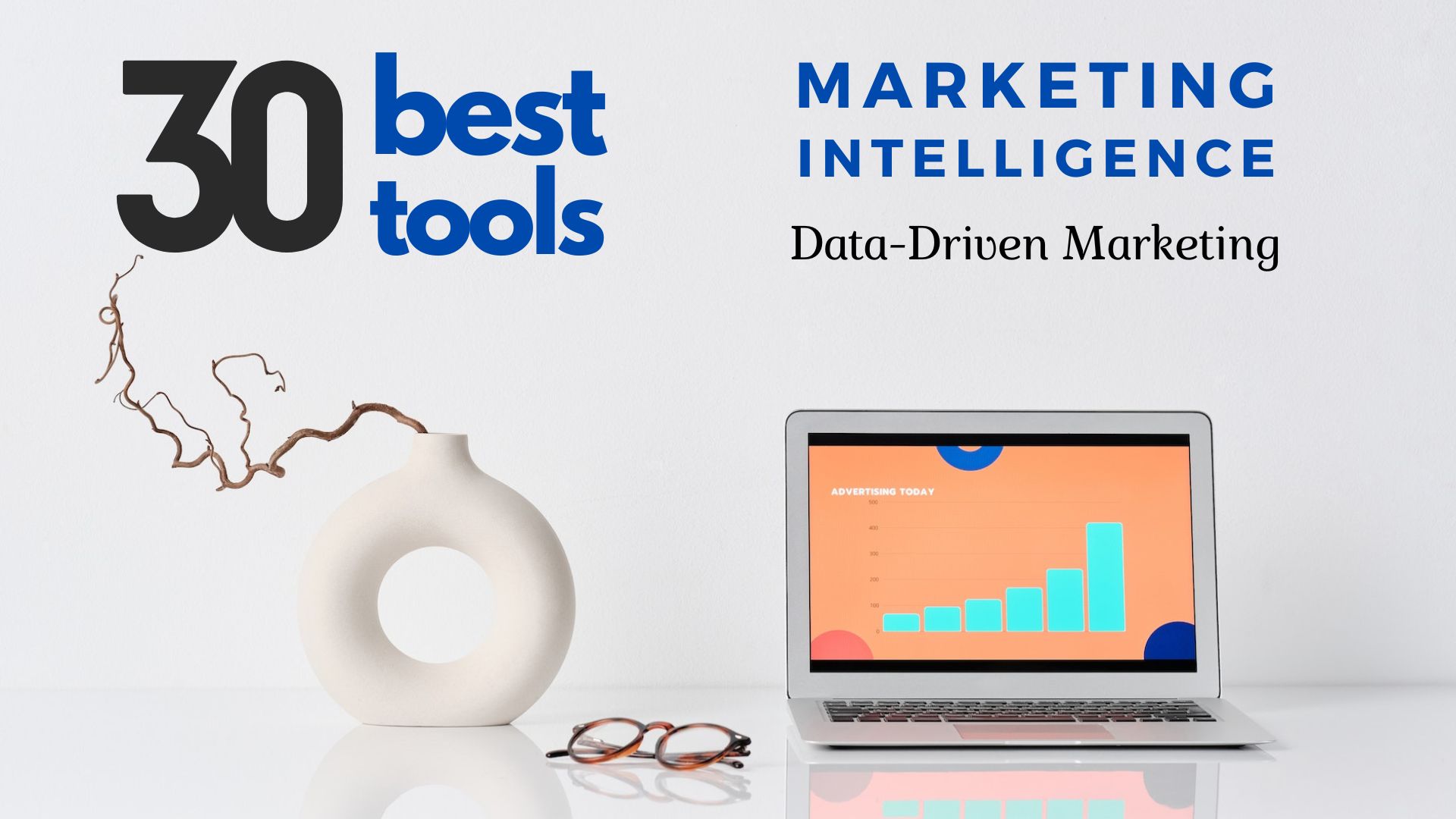Many businesses struggle with inconsistency, lack of strategy, and unclear goals on social media. This leads to wasted time, wasted effort, and ultimately, missed opportunities. Scrolling aimlessly through social media platforms, posting random content, and hoping for the best is a recipe for social media mediocrity.
But what if you had a proven approach to guide your social media efforts? A clear roadmap that outlines your goals, your target audience, the content you’ll create, and the best practices to follow?
Enter the social media playbook. This comprehensive document is your personalized blueprint for social media success. It’s the difference between winging it and winning it on social media.
So, are you ready to ditch the social media struggle and unlock the path to consistent engagement and impactful results? Let’s dive into the world of social media playbooks and discover how you can craft your own winning strategy.
Table of Contents
What Exactly is a Social Media Playbook?
Think of a social media playbook as your personalized recipe book for social media success. It’s a comprehensive document that outlines your strategy, goals, target audience, content calendar, and best practices, all tailored to your unique brand and objectives.
Here’s a breakdown of what your playbook might include:
- Mission Statement: A concise statement that captures your overall social media goals and objectives. What do you hope to achieve through your social media presence?
- Target Audience Personas: Detailed profiles of your ideal customers, outlining their demographics, interests, online behavior, and pain points. Understanding your audience is crucial for creating content that resonates with them.
- Content Strategy: A breakdown of the types of content you will create (e.g., images, videos, blog posts), the platforms you will use, and the posting frequency.
- Content Calendar: A visual representation of your planned content, outlining the specific topics, themes, and posting schedules for each platform.
- Brand Guidelines: A set of rules that define your brand voice, tone, and visual identity (e.g., logos, fonts, colors) to ensure consistency across all social media platforms.
- Social Media Engagement Strategy: Techniques and tactics to encourage interaction with your audience, such as responding to comments, running contests, and participating in relevant conversations.
- Social Media Measurement & Analytics: A plan for tracking and analyzing your social media performance using key metrics like engagement rate, reach, website clicks, and conversions.

Just like a well-worn recipe book ensures delicious and consistent meals, a social media playbook ensures your social media efforts are consistent, engaging, and deliver the desired results – whether it’s brand awareness, increased website traffic, or generating leads and sales.
By having a clear plan and defined goals, you can avoid the common pitfalls of inconsistency and lack of direction that plague many businesses on social media.
In the next section, we’ll delve into the step-by-step process of crafting your own winning social media playbook, empowering you to take control of your social media presence and achieve your digital marketing goals.
How to Create a Winning Social Media Playbook
Now that you understand the power and purpose of a social media playbook, it’s time to roll up your sleeves and get started on crafting your own. Here’s a step-by-step guide to help you create a winning social media playbook:
Step 1: Define Your Goals & Objectives
Before embarking on any journey, you need a destination. Similarly, the first step in creating your social media playbook is defining your goals and objectives. What do you want to achieve through your social media presence?
Here are some questions to consider:
- Do you want to increase brand awareness and reach a wider audience?
- Are you aiming to drive website traffic and generate leads?
- Is your goal to build a community and foster customer engagement?
- Do you want to establish yourself as a thought leader in your industry?
Remember, your goals should be SMART:
- Specific: Clearly define what you want to achieve. Instead of “increase brand awareness,” aim for “increase brand awareness by 20% within the next quarter.”
- Measurable: Set goals that you can track and measure using relevant metrics.
- Achievable: Be realistic about your goals and the resources available.
- Relevant: Ensure your goals align with your overall marketing strategy and business objectives.
- Time-bound: Set a specific timeframe for achieving your goals.
By setting clear and measurable goals, you’ll be able to track your progress, measure success, and make adjustments to your strategy as needed.

Step 2: Know Your Audience
Crafting captivating content that resonates with your target audience is essential for social media success. So, before you dive headfirst into content creation, take some time to understand who you’re talking to. This is where knowing your audience comes into play.
Think of your target audience as the guests at your social media party. You wouldn’t throw a generic party hoping everyone enjoys themselves, right? Instead, you’d tailor the experience to your guests’ specific interests and preferences.
The same principle applies to social media. By understanding your audience’s demographics, interests, online behavior, and pain points, you can create content that truly speaks to them and captures their attention.
Here are some ways to gain valuable insights about your target audience:
- Conduct audience research: Utilize surveys, polls, and social media listening tools to gather information directly from your audience.
- Analyze your existing audience: Look at your current followers and engagement data to understand who is already interacting with your brand.
- Research your competitors: Analyze the content your competitors are creating and their audience engagement to get a sense of what resonates with your target demographic.
Once you have a clear understanding of your audience, you can develop buyer personas. These are fictional representations of your ideal customers, outlining their characteristics, needs, challenges, and preferred communication channels.
By keeping your buyer personas in mind when creating content, you can ensure your social media presence is relevant, engaging, and ultimately, successful.

Step 3: Select the Right Social Media Platforms
Imagine having a powerful message, but delivering it to an empty room. That’s the potential pitfall of not choosing the right social media platforms for your brand.
Just like different tools are suited for different tasks, different social media platforms cater to different audiences and communication styles. To maximize your reach and engagement, it’s crucial to strategically select the platforms where your target audience spends their time.
Here are some key factors to consider when choosing your social media platforms:
- Target audience: Where does your ideal customer hang out online? Are they avid Instagram users, or do they prefer the professional networking environment of LinkedIn? Understanding your audience’s preferred platforms is crucial.
- Content type: Different platforms are better suited for different types of content. For instance, Instagram excels at visual content like photos and videos, while Twitter is ideal for short, text-based updates.
- Brand voice and style: Does your brand voice resonate well with the platform’s overall tone and culture? Consistency is key across different channels, so ensure the platform aligns with your brand identity.
- Resource allocation: Spreading yourself too thin across numerous platforms can be overwhelming and lead to inconsistent content. Choose platforms where you can dedicate sufficient resources to create high-quality content and actively engage with your audience.
Remember, quality over quantity is key. It’s better to dominate a few well-chosen platforms than to have a scattered presence across many.
By carefully selecting the platforms where your target audience is most active and where your brand voice can shine, you can maximize your reach, engagement, and ultimately, your social media success.

Step 4: Craft a Winning Content Calendar
Now that you’ve defined your goals, identified your audience, and chosen your social media platforms, it’s time to develop a content calendar. This crucial component of your social media playbook serves as your roadmap for consistently publishing engaging content across your chosen platforms.
Think of your content calendar as a personal chef’s schedule. Just like a chef wouldn’t haphazardly throw ingredients together, you wouldn’t want your social media presence to be a chaotic mix of random posts. A well-defined content calendar ensures consistency, variety, and alignment with your overall strategy.
Here are some key steps to crafting a winning content calendar:
1. Define your content pillars:
Identify the core themes or categories that will guide your content creation. This could include industry insights, product demos, customer testimonials, or behind-the-scenes glimpses into your brand.
2. Brainstorm content ideas:
Once you have your content pillars, brainstorm specific content ideas that fall under each category. Consider incorporating a mix of formats like images, videos, blog posts, polls, and live sessions to keep your audience engaged.
3. Schedule your posts:
Assign specific dates and times for publishing your content across different platforms. Consider factors like peak engagement times and platform-specific algorithms for optimal reach.
4. Maintain a balance:
Strive for a healthy mix of promotional and non-promotional content. While you want to showcase your products or services, remember to also provide valuable information and entertainment to your audience.
5. Utilize content creation tools:
Explore content creation tools like Canva or Hootsuite to streamline the content creation process and schedule posts in advance, saving you valuable time and effort.
6. Be flexible and adaptable:
While a content calendar provides a valuable framework, be prepared to adapt it based on current events, trending topics, and audience feedback.
By consistently publishing high-quality content that resonates with your audience and aligns with your brand voice, you can build trust, foster engagement, and achieve your social media goals.

Step 5: Establish Clear Brand Guidelines
Imagine walking into a restaurant with a mishmash of mismatched furniture, clashing colors, and an inconsistent menu. It wouldn’t exactly inspire confidence in the dining experience, would it?
The same principle applies to your social media presence. Consistency is key to building a recognizable and trustworthy brand. This is where brand guidelines come into play.
Think of your brand guidelines as your social media style guide. They outline the specific elements that define your brand voice, tone, and visual identity across all platforms.
Here are some key components of effective brand guidelines:
- Brand voice and tone: Define the personality you want your brand to convey through your social media interactions. Is it friendly and conversational, or professional and authoritative?
- Visual identity: Specify your brand’s logo, color palette, font family, and any other visual elements that contribute to your brand recognition.
- Do’s and don’ts: Outline specific guidelines for what content types, language, and imagery are appropriate for your brand, and what should be avoided.
- Example content: Include examples of social media posts that exemplify your brand voice, tone, and visual style, providing clear direction for content creators.
Benefits of clear brand guidelines:
- Consistency: Ensures your brand voice and visual identity are consistent across all platforms, fostering brand recognition and trust.
- Reduces errors: Provides a clear reference point for content creators, minimizing the risk of inconsistencies or off-brand messaging.
- Saves time: Streamlines the content creation process by offering pre-defined parameters for content development.
- Empowers your team: Enables everyone involved in managing your social media presence to maintain consistent brand messaging.
By developing and adhering to clear brand guidelines, you can ensure your social media presence is professionally presented, easily recognizable, and ultimately, reflects the unique personality and values of your brand.

Step 6: Harness the Power of Social Media Analytics
So you’ve crafted your social media playbook, defined your goals, and are consistently publishing engaging content across the right platforms. But how do you know if your efforts are paying off? This is where social media measurement and analytics come into play.
Think of social media analytics as your performance report card. By tracking key metrics and analyzing data, you can gain valuable insights into the effectiveness of your social media strategy. This empowers you to identify what’s working, what’s not, and make data-driven decisions to optimize your efforts.
Here are some key metrics to track on your social media journey:
- Reach: The number of unique users who see your content.
- Engagement: The level of interaction your content receives, including likes, comments, shares, and clicks.
- Website clicks: The number of times users click on links in your social media posts, driving traffic to your website.
- Conversions: The number of desired actions users take after interacting with your content, such as signing up for a newsletter or making a purchase.
By regularly analyzing these metrics, you can gain valuable insights such as:
- Which content types resonate most with your audience?
- What are the best days and times to post for optimal engagement?
- Which platforms are driving the most website traffic and conversions?
- Are your social media efforts aligning with your overall marketing goals?
Remember, data doesn’t lie. By analyzing your social media data and interpreting it through the lens of your goals, you can continuously improve your social media strategy, ensuring your efforts are effective, efficient, and ultimately drive real business results.
Beyond the numbers: While quantitative data is valuable, don’t underestimate the power of qualitative analysis. Look beyond the numbers and pay attention to audience sentiment and brand perception reflected in comments, messages, and online reviews.
By combining quantitative and qualitative data, you can gain a holistic understanding of your social media performance, allowing you to refine your approach and build a strong and loyal online community.

Final Thoughts
This concludes the in-depth exploration of crafting a winning social media playbook. Now that you’re equipped with the knowledge and tools, go forth and conquer the social media landscape!
Remember, consistency, strategic planning, and data-driven decision-making are the key ingredients to unlocking social media success and achieving your brand’s digital marketing goals.

Ali is a digital marketing blogger and author who uses the power of words to inspire and impact others. He has written for leading publications like Business2Community, Inc. Magazine, and Marketing Profs. When not writing, he enjoys spending time with his family.
